High Middle Ages it is a part of the Middle Ages, according to a periodization made by historians. The Middle Ages itself corresponded to the period from 476 to 1453, and the High Middle Ages is a specific period within it, from the 5th to the 10th century. Taking Western Europe into account, the High Middle Ages is a time of countless transformations.
These transformations were caused by the fragmentation of the Western Roman Empire, which happened in the 5th century. After that, Western Europe came to be occupied by the Germanic peoples and the mixture of Latin and Germanic characteristics gave rise to a new form of political, social and economic organization .
Login also :Medieval city:understand what cities were like during the Middle Ages
Early Middle Ages
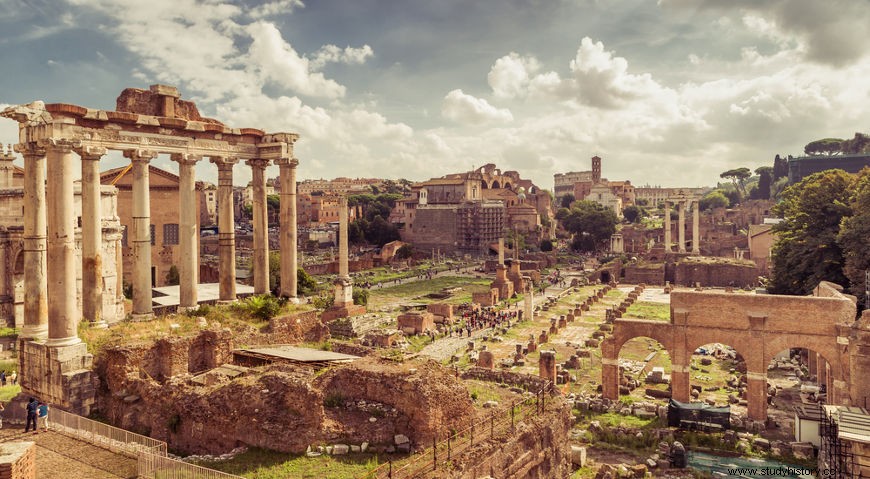
We can consider that the starting point of the Middle Ages ( and the High Middle Ages itself) was the breakdown of the Roman Empire, in the 5th century. Through it, the Western Roman Empire ceased to exist and the lands that were part of it were occupied by the Germanic peoples, who tried to invade them since the 3rd century.
The end of the Western Roman Empire was the final episode of a crisis that dragged on for many centuries. In the 2nd century, Rome was at its height, but the following century began a fatal crisis for the empire. Several factors contributed to it, let's take a look at some of them.
An important factor was the end of Rome's wars of conquest, as the last Roman territorial conquest took place in the mid-2nd century. The end of this expansion hit the heart of the empire, more specifically the system slavery . The Roman economy was dependent on slave labor, whether rural or urban.
Slaves did much of the hard work and were obtained through the wars of conquest. With their demise, their procurement decreased and, soon, the slave population too. This resulted in drop in production , which consequently turned into an economic crisis.
In addition to the economic crisis, Rome faced a political crisis caused by the very high corruption in the administration of the empire and in the fierce dispute hair power . Political mismanagement contributed to the destabilization of the empire, and the economic crisis made it vulnerable, since the number of soldiers to protect the borders was smaller.
The coup de grace on the Roman Empire was the Germanic invasions , which took on gigantic proportions from the 3rd century onwards. The Germans lived north of Rome's borders in Europe, and the Romans had waged war against them for centuries. From the 3rd century onwards, invasions became frequent and larger.
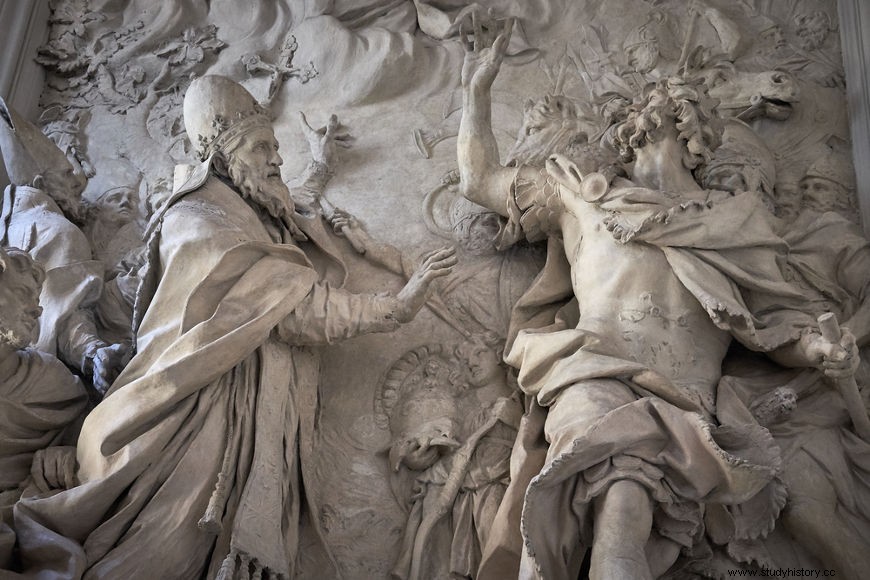
It is not known for sure why dozens of Germanic peoples to invade Roman lands, but there are theories about it. The search for better lands and climates and the flight of more powerful peoples are factors raised to justify this migration. Historians also claim that they didn't want destroy the Roman Empire, but be part of it . Among these peoples, we can mention the Visigoths , the Huns and the vandals .
The difficulty of ruling an empire of that size and the loss of control over the lands of Western Europe made the Romans seek to reform it. Two outstanding measures in this regard are:the creation of Constantinople (which became the new capital) and the division of the empire in Western and Eastern Roman Empire.
The western part of the Roman Empire was definitively fragmented after 476, when the last king, Romulus Augustus , was removed from the throne by Odoacer, king of the heruli . As a result, the lands in Western Europe were occupied by the Germanic peoples, who formed small kingdoms.
Characteristics of the High Middle Ages
The High Middle Ages is a period of many transformations in Western Europe , since there was a mixture of the culture of the newly settled Germans with the Latin culture. Historians consider the High Middle Ages to be the time when feudalism was born . The changes that emerged from the fragmentation of the Roman Empire resulted in new forms of social, political and economic organization.
Two big marks of hers is the reduction population — compared to the times of the Roman Empire — and the ruralization da Europe . Both were motivated by violence, hunger and the diseases brought about by the Germanic invasions. It was not until the 8th century that the population in Western Europe began to recover.
Ruralization was a direct result of the Germanic invasions, as cities were the places most attacked by the invaders. In addition to the disorganization of the Roman world, they disrupted trade and caused cities to stop being supplied. Thus, the inhabitants of these places began to move to rural areas and settle near large properties.
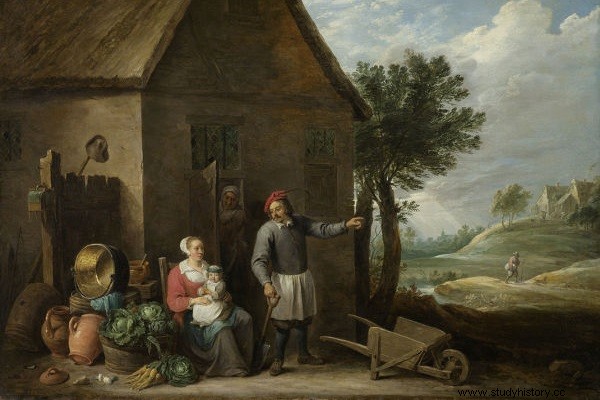
Throughout this period, the isolation of these great rural properties gave rise to fiefs . With the process of feudalization in Europe, trade weakened, as did the circulation of currency, which lost importance for exchange. Even weakened, both trade and currency , never ceased to exist and regained their strength from the 11th century onwards.
The culture began to change with the mixture of Latin and Germanic characteristics. One of the great examples of this is found in language, as modern languages, such as French and Portuguese, began to emerge in this process. Eventually new kingdoms, with organizations different from those that existed in Rome, began to emerge.
In politics, the power of the king was great, but it was not absolute, and alliances were needed to reinforce him in his position. This need for the king to maintain a policy of alliances with other nobles gave rise to the alliance relationship , officially emerged in the middle of the 8th century. In it, the king provided land to the nobles, who could exploit it and, in return, offered their allegiance to the king.
The European economy during the High Middle Ages was largely dependent on agricultural work and servile labor . This relationship took place as the feudalization of Europe was built between the 5th and 10th centuries. This happened because, with ruralization, a mass of poor people settled near large rural properties in search of work, food and protection.
These lands belonged to an elite who established themselves as nobility during the Middle Ages. This allowed a working relationship to emerge in this process. The feudal lord , owner of the manor, made his land, tools and facilities available to the peasants, and these took their livelihood from work, but with the obligation to pay very high taxes to their masters. Serfdom was prevalent, but in some parts of Europe slave labor still existed.
With population reduction and the use of rather archaic farming techniques, productivity in the High Middle Ages was low and only increased during the Low Middle Ages. Craftsmanship was weak because the labor available to it was few, and the number of consumers was small. This was because the cities were sparsely populated.
We were able to get a sense of this small urban population by taking Rome into account. It is believed that during the times of the Roman Empire, at its height, up to a million people lived in the city , and some historians claim that, during the Middle Ages, it only managed to have more than 100,000 inhabitants after the 10th century.
Trade in the High Middle Ages was timid, since only surplus items from a certain region were traded . If a region or manor needed a certain food, it could try to obtain it through exchange with neighboring manors. As defined by historian Hilário Franco Júnior, the rarity of circulating goods made the currency also rare|1|.
Read more :Byzantine culture – one of the most important in the transition period between Ancient and Middle Ages
The Roman legacy:Byzantines and Carolingians
As mentioned, after the breakup of the Roman Empire, Europe as a whole underwent major transformations. The western side it fragmented into several kingdoms and was influenced by Latin and Roman cultures. Theeastern side , in turn, remained unified and followed the Greek tradition. Within these two scenarios, two great empires emerged:the Empire Carolingian and the Byzantine Empire .
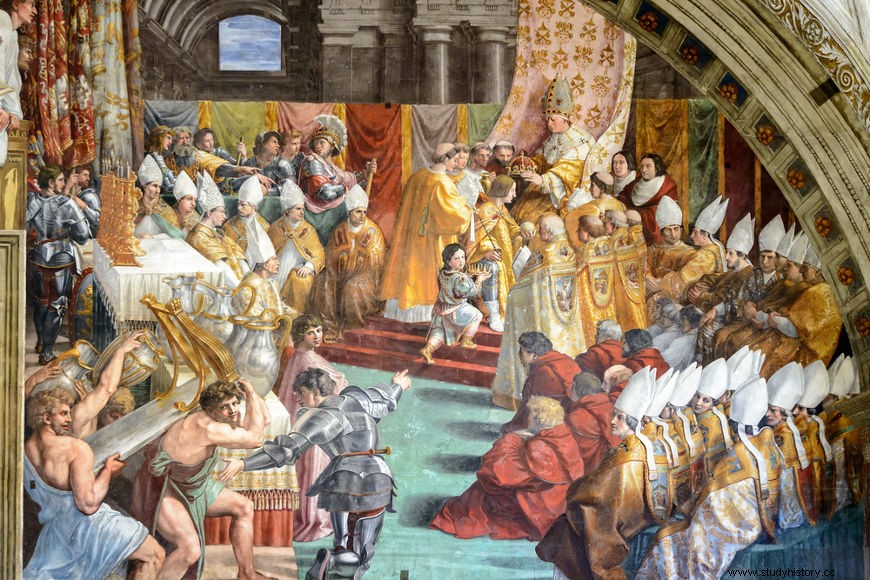
The Carolingians were a dynasty of the Kingdom of the Franks, established in power in the 8th century. The Franks were the most successful Germanic people in establishing a lasting and somewhat stable kingdom in Western Europe. The Carolingians rose to power after taking it from the Merovingians with King Cucumber the Short, crowned in 751.
They managed to establish a prosperous kingdom that, in addition to conquering many lands in Central Europe, also established many important practices in medieval Europe. The great king of the Carolingians was Charles Magno , who ruled between 768 and 814. Charlemagne was successful in carrying out the Christianization of pagan peoples, led his troops in Europe and managed to defeat the Lombards in the northern region of present-day Italy.
The death of Charlemagne ended up weakening the Carolingians, who lost their stability and part of their domains. Historians regard the Carolingian Empire as a Christian attempt to revive the Western Roman Empire.
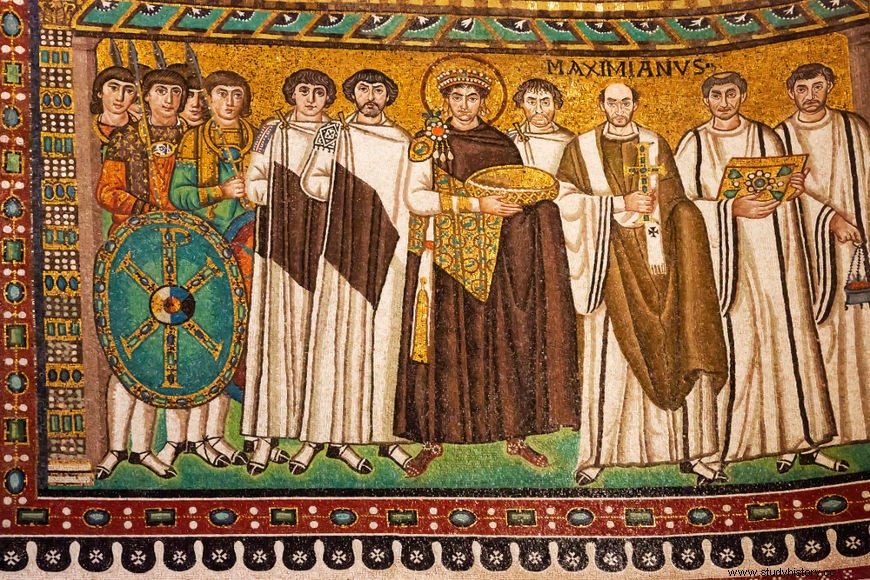
The Byzantines, in turn, were not an attempt of reviving the Eastern Roman Empire, but the continuity his. The eastern part of the Roman Empire resisted the fragmentation brought about by the Germanic peoples. This happened because the prosperity of this part allowed its inhabitants to be able to expel the invaders.
The Byzantine Empire had as its capital the city of Constantinople , founded in 330 by order of Emperor Constantine . The heyday of this empire came during the reign of Justinian , king who managed to considerably expand the Byzantine lands. Under his rule, the Byzantines conquered part of North Africa, part of the Iberian Peninsula, the entire Italian Peninsula and part of Dalmatia.
During the reign of Justinian, a system of laws known as the Corpus Juris Civilis was created , important public works were carried out in Constantinople, notably the Hagia Sofia — created as an orthodox temple. He also tried to unify Christendom through the influence of Eastern Christianity .
The Carolingian Empire ceased to exist at the end of the 9th century, and the Byzantine Empire did not cease to exist until the middle of the 15th century.
Learn more :Crusades - the story of this important event in medieval history
Religion in the High Middle Ages
In the High Middle Ages, this dichotomy that is present in the world until today was already structured:the rivalry between Christians and Muslims. This is because, during this period, the Church consolidated itself as a force policy , economic and religious, and Islam emerged as a religion and began its territorial expansion through the followers of Muhammad.
In the High Middle Ages, Europe saw the strengthening of the Catholic Church as a powerful institution, and it all began in the days of the Roman Empire. In 380, through the Edict of Thessalonica , Roman Emperor Theodosius I established Catholicism as the official religion of the Roman Empire . This allowed Christianity to establish itself as the major religion in the lands dominated by Rome.
Using state power, this religion persecuted traditional and pagan religious practices, and with that, countless regions were Christianized. After the 5th century, the Church filled the power vacuum left by the Romans when the empire fell. That's why, during the Middle Ages, cities were often ruled by local priests.
The Church knew how to associate itself with the secular power of the new kingdoms as they were installed. This was only possible because of the great efforts made by her to Christianize the Germanic peoples. As they were Christianized, the Church reinforced their power while giving them legitimacy.
The alliance of ecclesiastical power, represented by the Church, with secular power, represented by the kings, guaranteed the strengthening of the Church, at the same time as guaranteeing her possessions and wealth. During the High Middle Ages, the Catholic Church established the doctrines of Christianity and fighting heresies (emphasis on the fight against Arianism).
Finally, the High Middle Ages were marked by the emergence of Islam . This religion emerged in the 7th century, through Muhammad , your prophet. Muslims believe that Muhammad received a revelation from Allah, causing him to start preaching Islam from 612.
In 622, he fled his city, Mecca, because he was persecuted for his preaching. He settled in Medina and, from there, led a war against Mecca, a city that still practiced the pagan religion that existed in the Arabian Peninsula until then. Muhammad managed to conquer Mecca and the entire Arabian Peninsula.
After his death, Muhammad's followers continued to carry the message of Allah and, therefore, conquered regions in the Middle East, North Africa and the Iberian Peninsula. In Europe, the Muslims defeated the Visigoths and were only stopped by the Franks, during the Battle of Poitiers .
Note
|1| JUNIOR, Hilario Franco. The Middle Ages :birth of the West. São Paulo:Brasiliense, 2006, p. 36.
